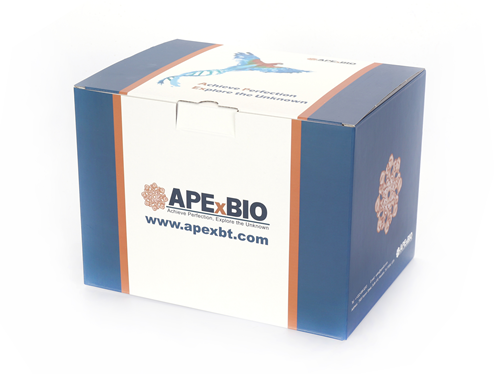Mycoplasma qPCR Detection Kit
Mycoplasma is the smallest prokaryotic microorganism, only 0.1-0.3 μm in size. Due to their small size, mycoplasmas can penetrate rated filters (0.22~0.45 μm). Mycoplasma contamination remains a major problem in cell culture. Mycoplasmas can alter the DNA, RNA, and protein synthesis of culture cells, but they may not noticeably affect cell growth rates in many cases. Therefore, it is difficult to discover mycoplasma contamination with the naked eye. And mycoplasma detection should be performed regularly during cell culture.
There are many methods to detect mycoplasma contamination, such as the culture-based method, fluorescent staining method, ELISA and so on. However, most of these methods are time-consuming, complex to operate, and not highly sensitive. The qPCR method is relatively simple to operate, and the results can be determined without electrophoresis analysis after PCR amplification.
Mycoplasma qPCR Detection Kit is designed with specific primers and fluorescent probes (FAM labeled) targeting the conserved 23S rRNA encoding sequence of mycoplasma genomes. It can directly use the culture cell supernatant or serum as the template for detection. This kit specifically amplifies mycoplasma DNA and does not amplify the DNA of other bacteria, fungi, or eukaryotic cells.
This kit can quickly, efficiently, and sensitively detect a variety of mycoplasma contaminations, such as Mycoplasma hominis, Mycoplasma hyorhinis, Mycoplasma arginini, Mycoplasma fermentans, etc. It is also compatible with all qPCR instruments with FAM and VIC detection channels, such as ABI 7500, Roche LightCycler480, and Bio Rad CFX96. This kit provides a Positive Control to confirm whether the kit is working properly. In addition, this kit also provides an Internal Control DNA to detect the presence of substances that may inhibit PCR reactions. If mycoplasma contamination is detected with this kit, contaminated cells can be discarded directly; if the cells are valuable, mycoplasma removal reagents can be considered for cell treatment.

Figure 1: Detection of positive and negative control by this kit
| Components |
100 Tests |
Storage |
|
|
2× Probe qPCR Mix |
1 mL |
-20°C away from light |
|
|
Primer Probe Mix |
450 μL |
-20°C away from light |
|
|
Internal Control DNA |
100 μL |
-20°C |
|
|
Positive Control |
200 μL |
-20°C |
|
|
Nuclease-free Water |
1 mL |
-20°C |
|
|
|||








